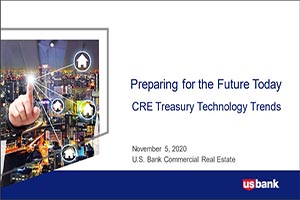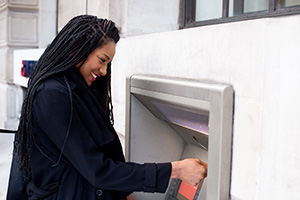Virtual Account Management benefits for corporate treasury and accounting.
There are several features of virtual accounts that have caught the eye of finance leaders in the U.S., and several more to benefit corporations that might not be so apparent. In every case, virtual accounts can be characterized as a truly customizable cash management solution which unlocks potential for unparalleled efficiency, visibility and security.
Efficiency
- Accelerated operations without impacting operations. Without needing to establish another physical account, operations aren’t negatively impacted by transitioning to virtual accounts. And, by reducing the number of physical accounts associated with an enterprise or function, a company may harmonize liquidity with strategy so business operations can occur more quickly and freely.
- Speed. Keeping pace with real-time business means originating, initiating and receiving transactions across an enterprise 24/7/365. Payments remittance data and reconciliations capabilities are able to “keep up” with virtual accounts for real-time cash management and faster decision making.
Visibility
- Single-source reporting and analysis over ‘infinite’ accounts. The potential for variable, aligned-to-your-business virtual accounts structures makes a unified view of cash positioning possible, all while segregating business activities under a single physical account.
- Centralized liquidity. Virtual accounts allow for real-time cash pooling and sweeps for liquidity events. Business leaders no longer have to rely on “banker’s hours” to capture immediate opportunities across time zones or business lines.
Security
- Rationalized account structures. With virtual accounts, companies are choosing to significantly reduce their number of physical accounts assigned to varying activities. The newly rationalized account structure reduces gaps and obstacles for cash management, resulting in fewer opportunities for fraud and reduced risk.
- Faster payments, less exposure. Virtual accounts management relies on established, centralized payments rails, such as Real-time payments, Same day ACH and wires. Utilizing faster, digital payments rails with (in most cases) embedded remittance data and messaging capabilities strengthens controls and reduces risk for money movement.
Experts weigh in: VAM use cases and the myth of the ‘perfect industry’
“People always ask me ‘what is the perfect use case or industry?’ for VAM,” said Vanessa Angeles, Senior Vice President and head of Treasury Management New Product Development at U.S. Bank, “and the fact is that there is not one single industry or business, size, scale, vertical, or segment that can’t immediately benefit from virtual accounts.”
Angeles cited speed and efficacy, in addition to stronger controls, for the success of VAM in the European Union – and the growing appetite for virtual accounts for U.S.-based corporates.
“For any business that requires ‘intensive’ cash management, such as frequent account openings or closings, precise reporting and fluidity – like title and escrow companies, suppliers, construction, etc. – it’s not difficult to see how quickly the gains come with virtual accounts,” Angeles said.
Other features of virtual accounts that transcend industries, regions and segments, she added, are flexibility and scalability.
“I think it’s easy to take for granted that when we’re talking about ‘very large’ companies -- and I mean those with hundreds, thousands or even more physical accounts – it’s not just the top 10,” she said, “We’re probably talking about the whole Fortune 1000, but virtual accounts are something we’re seeing everywhere, and this kind of ‘DIY banking’ is creating value from the biggest businesses all the way to the bootstrap startups.”
Speaking to the technological benefits of virtual accounts, Madison Donnini, vice president and Working Capital Consultant, said information technologists and CIOs stand together with their finance counterparts in the demand for VAM.
“From a tech perspective, VAM is cool … but from a holistic-business perspective,” she added, “it’s not just payments and liquidity where you’ll see improvements, it’s your whole digital ecosystem.”
Donnini explained that in the modern business environment, money movement and banking decisions will always require analysis and inputs from IT departments. In the past few years, the trend has been increasing weight given to CIO insights; so much that CFOs and treasurers need to be more tech-savvy than ever.
“For future-forward businesses who want to eliminate friction, not create more, when they’re implementing new technology, virtual accounts are extremely attractive,” she said. “When we’re working together with clients and analyzing their tech platforms for new opportunities, the fact that VAM doesn’t rely on outdated script or programming languages is, for the IT stakeholders, a huge relief.”
For more information about innovations in treasury management and the benefits of digital-first payment solutions, and how faster payments and virtual accounts can accelerate your strategy, enhance liquidity and reduce risk, connect with a U.S. Bank Relationship Manager.































































































































